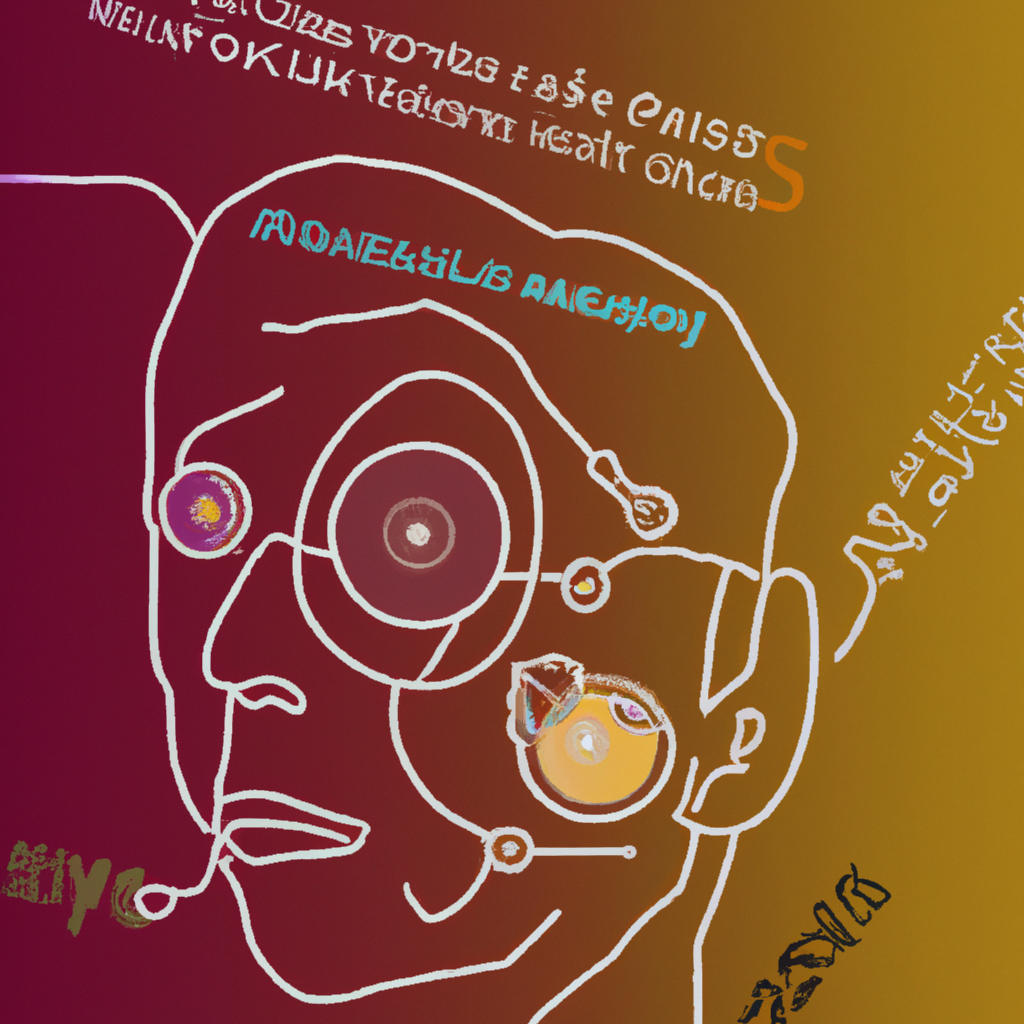AI algorithms can analyze large amounts of data and identify patterns that are not easily recognizable to humans. In the case of ALS, these algorithms can analyze medical records, genetic information, and even speech and movement patterns to detect the early signs of the disease. This early detection can lead to more effective treatments and interventions, ultimately improving the quality of life for ALS patients.
One area where AI has shown promise in ALS detection is speech analysis. Many individuals with ALS experience changes in their speech patterns early on in the disease progression. AI algorithms can analyze recordings of a person’s speech and detect subtle changes that may indicate the presence of ALS. This can help to identify individuals who may benefit from further diagnostic testing and early intervention.
Another area where AI has been useful in ALS detection is the analysis of movement and motor function. By analyzing videos of a person’s movements, AI algorithms can detect early signs of muscle weakness and other motor problems associated with ALS. This can help to identify individuals at risk of developing the disease and allow for early intervention and treatment.
AI algorithms can also analyze genetic information to identify genetic factors that may increase the risk of developing ALS. By analyzing a person’s genetic profile, AI can detect variations in genes associated with ALS and provide individuals with information on their risk of developing the disease. This can allow for proactive monitoring and lifestyle modifications to reduce the risk of disease onset.
Overall, AI has the potential to revolutionize the detection and diagnosis of ALS. By analyzing speech patterns, movement, and genetic information, AI algorithms can identify individuals at risk of developing the disease and provide them with timely interventions and treatments. This can not only improve the quality of life for ALS patients but also contribute to a better understanding of the disease and potentially lead to breakthroughs in finding a cure.



